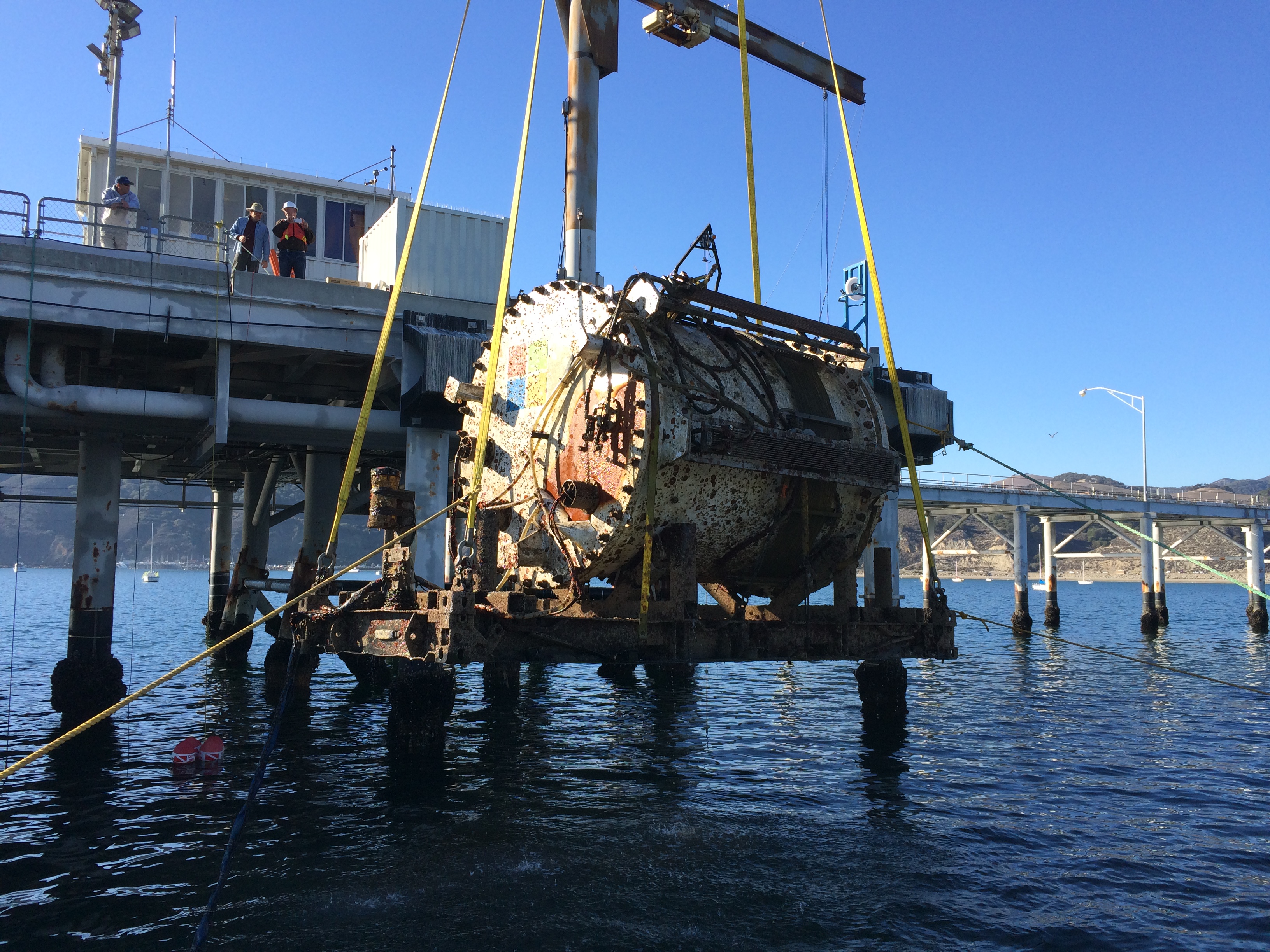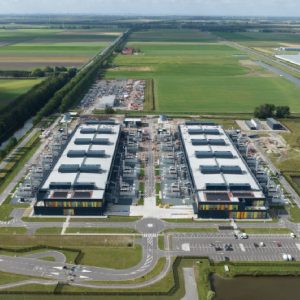
Twelve miles off the UK’s Orkney Islands in the blustery waters of the North Sea, Microsoft is gearing up to lower a rack of servers some 100 metres below the waves.
The unusual activity comes as the company this morning launched Phase 2 of its “Project Natick”. This will see Microsoft place 12 racks housing 864 datacentre servers on a 14 metre-long dock underwater.
To put that in context, it’s as powerful as several thousand high-end consumer PCs and has enough storage for about five million films. (Did someone say Finding Nemo?)

The project picks up where Phase 1 of Natick left off in 2015.
That saw an initial experimental prototype vessel, christened the Leona Philpot after a popular Xbox game character, operated successfully on the seafloor approximately one kilometer off the Pacific coast of the US for four months.
Why such effort: because it is cold, efficient and doesn’t need fresh water.
“Project Natick reflects Microsoft’s ongoing quest for cloud datacentre solutions that offer rapid provisioning, lower costs, high responsiveness, and are more environmentally sustainable,” the company says.
It has published project cost, but aims to assess commercial viability.
Phase 1, the company claims, demonstrated the feasibility of the subsea datacenter concept, including Microsofts ability to remotely operate a so-called “Lights Out” (physically or geographically isolated) datacentre for long periods of time.
This initial pilot operated with a highly efficient PUE (power usage effectiveness is total power divided by server power; lower values are better, 1.0 is perfect) of 1.07.
Even better for the company, it used no water at all, for a perfect WUE (water usage effectiveness, or the litres consumed per megawatt of power per minute) of exactly 0.
That’s versus land datacentres which consume up to 4.8 litres of water per kilowatt-hour. Datacentres, in short, get hot and thirsty.

“Deepwater deployment offers ready access to cooling and a controlled environment, and has the potential to be powered by co-located renewable power sources,” Microsoft says.
It learned from Phase 1 that “we can economically manufacture full scale undersea datacentre modules and deploy them in under 90 days from decision to power-on”, the company said in a fact sheet published today.
“We learned that existing ocean engineering companies like Naval Group have the resources and talent to build these vessels and deploy them anywhere in the world.”

For Phase 2, Microsoft’s goals are to develop one full scale prototype subsea datacentre that could be used as a modular building block to aggregate further such modules.
From the pilot, it aims to gain an understanding of the economics of undersea datacenter total cost of ownership – the full lifetime cost including manufacture, deployment, operations, and recovery – with an aim to assessing with full commercial deployment could be viable.
Phase 2 will sit underwater for five years and run from a nearby windfarm. Rival datacentre operators will be watching closely; the seabed might be about to get a whole lot smarter.






